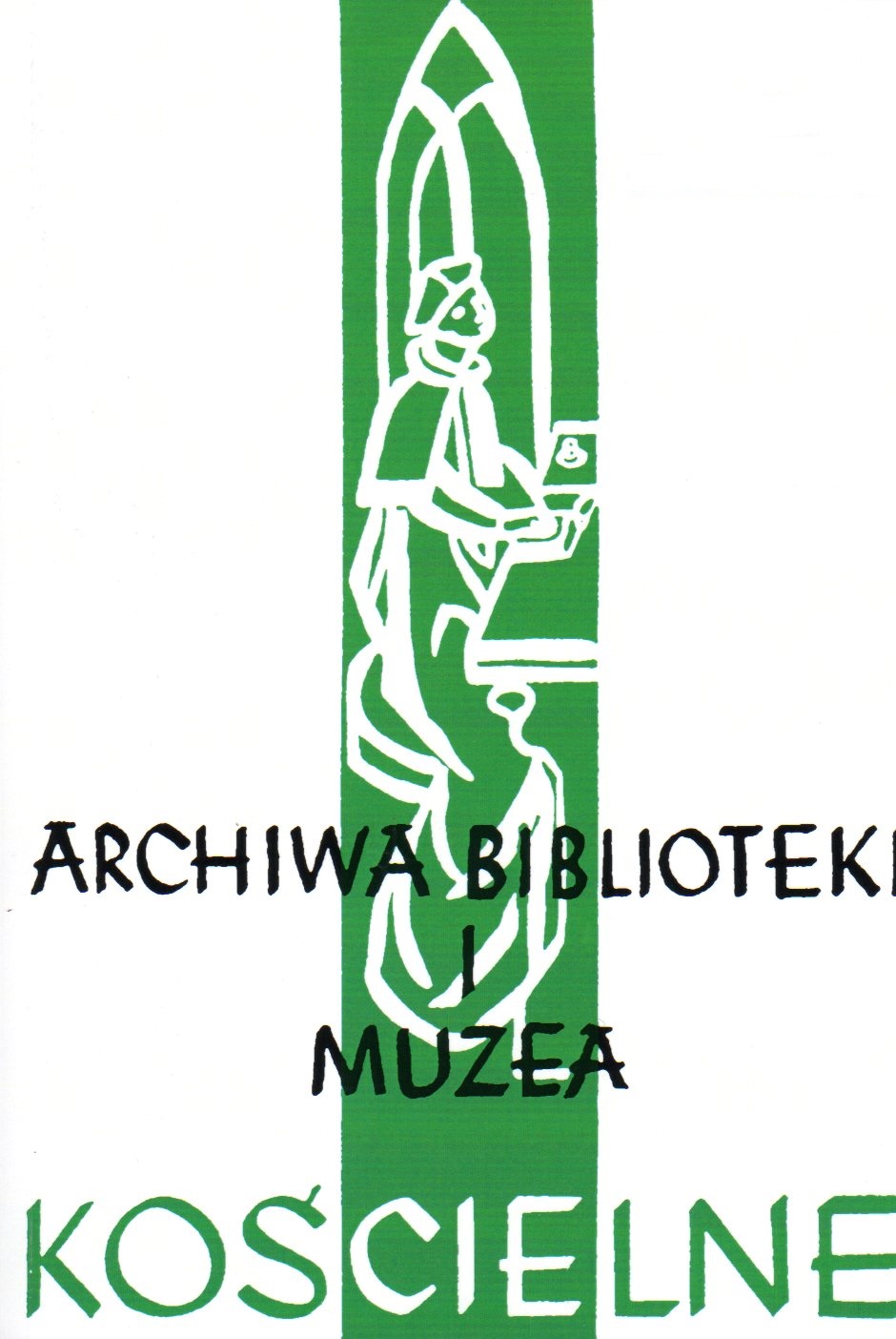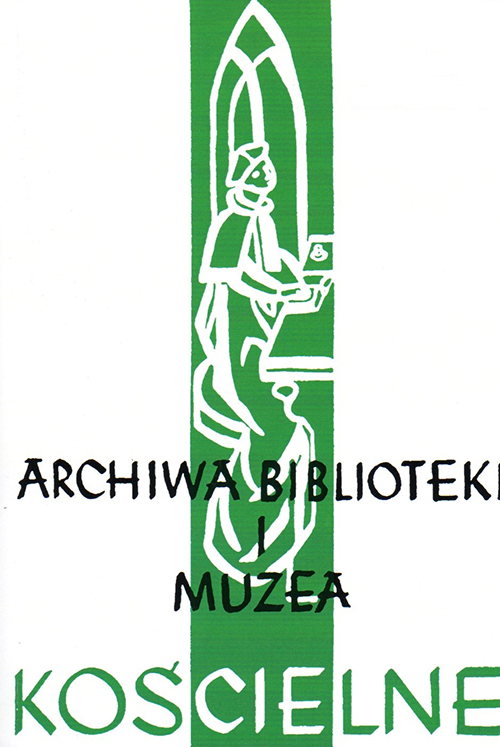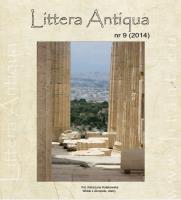
Miejsca kultu z betonu i szkła. Geneza i przegląd najważniejszych tendencji w nowoczesnej architekturze sakralnej po II wojnie światowej.
The modern church architecture appeared together with modernist trends, which were initiated by the two artistic groups- de Stijl and Bauhaus. The art of building they created was very different from what was developed by the previous epochs in the history of art. An early example of modernist church architecture was Robert F. Carr Memorial Chapel of Saint Savior designed in 1952 by Mies van der Rohe. Its simple design was the inspiration for many later buildings, such as the Church of Light designed by Tadao Ando in1988, whose striking formal asceticism set a new quality in the church architecture. Apart from the minimalist trends in church buildings, the artists are inspired by sculpture, which is indicated by such works as the Chapel Ronchamp by Le Corbusiera designed in 1954 or Wotrubakirche from 1976. The architecture current based on natural materials is represented by Alvar Aalto’s works –Santa Maria Assunta Church from 1978 and the Church of Christ the Light designed by C.W. Hartman in 2008, whereas Oscar Niemeyer’s Brazilian Cathedral from 1970 is an example of the latest technologies in the buildings of glass. The presented examples of church buildings from the 20th and 21st centuries testify to the great change which took place in the church architecture. These churches show a whole new perspective on the tradition of Christian architecture.
More...

